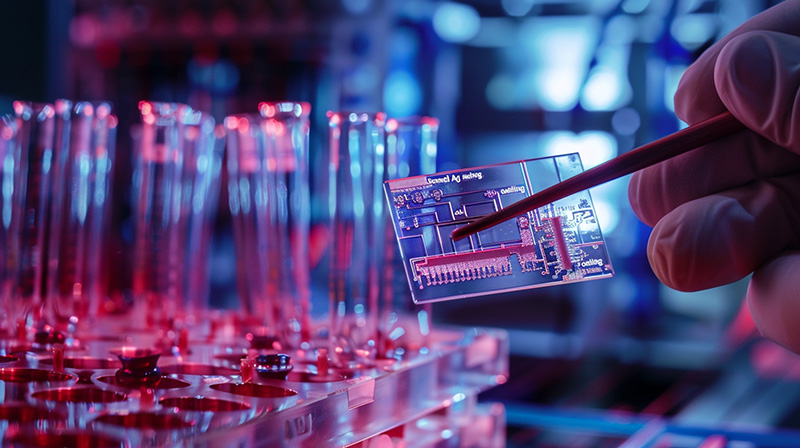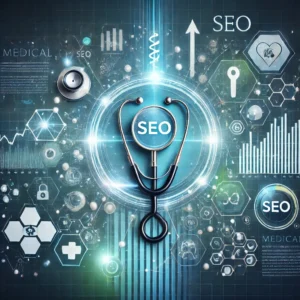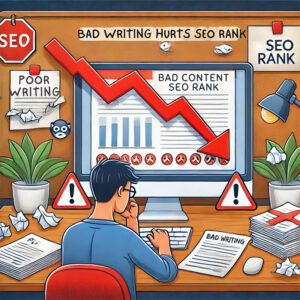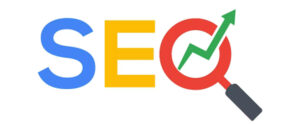Imagine a world where a simple device can detect the tiniest traces of disease, ensuring early intervention and personalized treatment. This is the world of biosensors, where the fusion of biology and technology unlocks endless possibilities.
A biosensor is a sophisticated analytical tool that uses biological components to detect and measure specific substances. It’s like having a miniature detective that can sniff out the presence of anything from glucose levels in your blood to contaminants in your water. Sensitivity and specificity make biosensors the unsung heroes of our modern world.
In the medical field, biosensors are revolutionizing how we approach disease diagnosis and management. Identifying biomarkers associated with cancer, cardiovascular disorders, and infectious diseases enables early detection and targeted therapies.
They are the key to unlocking the potential of personalized medicine, where treatments are tailored to an individual’s unique biological profile.
From the early pioneers who laid the foundation to the cutting-edge researchers pushing the boundaries of what’s possible, the story of biosensors is one of innovation, dedication, and the relentless pursuit of a better future. So, let’s take an introductory look at biosensors and how they are making a big impact on our world.
The Evolution of Biosensors
The story of biosensors is one of ingenuity, perseverance, and a relentless drive to push the boundaries of what’s possible.
Who Invented Biosensors?
Biosensors began with a simple yet groundbreaking invention: the Clark oxygen electrode. Developed by Leland C. Clark Jr. in 1956, this device revolutionized how we measure oxygen levels in blood, paving the way for modern-day glucose sensors. Clark’s work inspired a new generation of researchers who sought to expand the capabilities of biosensors (1).
In the decades that followed, the field of biosensors witnessed remarkable advancements. The development of immunosensors in the 1960s and 1970s opened up new possibilities for detecting specific antibodies and antigens, laying the foundation for modern diagnostic tools (1).
Biosensors for Cancer Detection: Introduction to Nanowires and Nanogaps
In recent years, the advent of nanogap nanowires has taken the world of biosensors by storm. These tiny structures, with gaps measuring just a few nanometers, can detect changes at the atomic scale. The following properties have the potential to transform the way we detect and measure biological substances (2):
- Enhanced Optical Properties: Nanogap nanowires significantly enhance optical properties by forming plasmonic “hot spots,” optimizing the sensitivity and specificity of biosensors.
- Plasmonic Sensing: The ability of nanowire nanogap structures to concentrate light energy onto a small volume makes them ideal for plasmonic sensing, allowing for the highly sensitive detection and analysis of biological molecules, gases, and chemicals.
When light interacts with these metal nanostructures, it can induce collective oscillations of the electrons at the surface, known as surface plasmons. This interaction leads to the generation of intense electromagnetic fields (plasmonic “hot spots”) at specific frequencies, which are highly sensitive to changes in the local environment around the nanostructure.
As you might imagine, the potential application of these advancements impacts a wide range of fields, from medical diagnostics to environmental monitoring. In the medical field, they detect cancer biomarkers, enabling early diagnosis and targeted therapies. They have also shown promise in detecting infectious diseases, such as COVID-19, offering rapid and reliable results (2).
As we continue exploring the potential of nanotechnology in biosensors, the future looks brighter than ever. With each passing day, researchers push the boundaries of what’s possible, creating smaller, faster, and more accurate biosensors than ever before.

The Future of Biosensors
The advancements we have witnessed thus far are just the beginning, and the potential for biosensors to transform our world is limitless.
Integration with Artificial Intelligence and Machine Learning
One of the most promising avenues for biosensors’ future is their integration with artificial intelligence (AI) and machine learning. By leveraging the power of these technologies, biosensors can become even smarter and more efficient (3).
AI algorithms can analyze the vast amounts of data biosensors generate in real-time, identifying patterns and anomalies that might otherwise go unnoticed. This can lead to earlier disease detection, more accurate diagnoses, and personalized treatment plans. The following is a list of the algorithms making a significant impact on the world of biosensors and their use cases (3):
- Cluster Analysis Algorithms:
- Dissect genomic data from biosensors.
- Categorizes genes by expression patterns, important for cancer research.
- Help understand cancer’s molecular basis, guiding personalized cancer therapies.
- Time-Series Analysis Algorithms:
- Analyze dynamic physiological data, such as glucose levels in diabetes.
- Detect subtle fluctuations, providing real-time insights for healthcare professionals.
- Enable personalized interventions to improve patient outcomes.
- Predictive Modeling Algorithms:
- Utilize epidemiological data from biosensors for public health.
- Identify patterns in disease outbreaks for early detection and response.
- Support public health authorities in targeting interventions against infectious diseases.
- Graph Theory Algorithms:
- Analyze biological networks for drug discovery.
- Identify potential drug targets by understanding protein-protein interactions.
- Aid in designing drugs targeting biological processes, optimizing efficacy, and minimizing side effects.
- Quantum Algorithms:
- Simulate molecular structures and biomolecular interactions with high precision.
- Inform drug design and materials science, leading to innovative drugs and advanced materials.
- Catalyze advancements in biosensor technology and applications.
- Bayesian Algorithms:
- Analyze clinical trial data from biosensors.
- Incorporate prior knowledge and new information to refine trial result accuracy.
- Guide clinical trial designs, ensuring robust outcomes and supporting the development of new therapies.

IEEE BioSensors Conference 2024: A Glimpse Even Further into the Future
The IEEE BioSensors Conference, a prestigious annual event, provides a window into the exciting future of biosensor technology. The upcoming IEEE BioSensors 2024, to be held at Robinson College in Cambridge University, UK, from July 28-30, 2024, promises to be a groundbreaking gathering of academics, students, defense laboratory scientists, and practitioners (4).
Sponsored by IEEE, the world’s largest professional association for advancing technology, this conference will showcase the latest innovations in biosensor technology. Attendees can expect a comprehensive program featuring exhibits, lectures, interactive sessions with field leaders, and networking opportunities (4).
The conference will provide companies and research institutions a platform to showcase their cutting-edge biosensor technologies, foster collaborations, recruit talent, and promote intellectual property. It will also offer a glimpse into the future directions of biosensor research and development (4).
By bringing together the brightest minds in the field, IEEE BioSensors 2024 will undoubtedly catalyze new ideas, partnerships, and breakthroughs that will shape the future of biosensors. As we look forward to this exciting event, it’s clear that the future of biosensors is bright and full of possibilities (4).
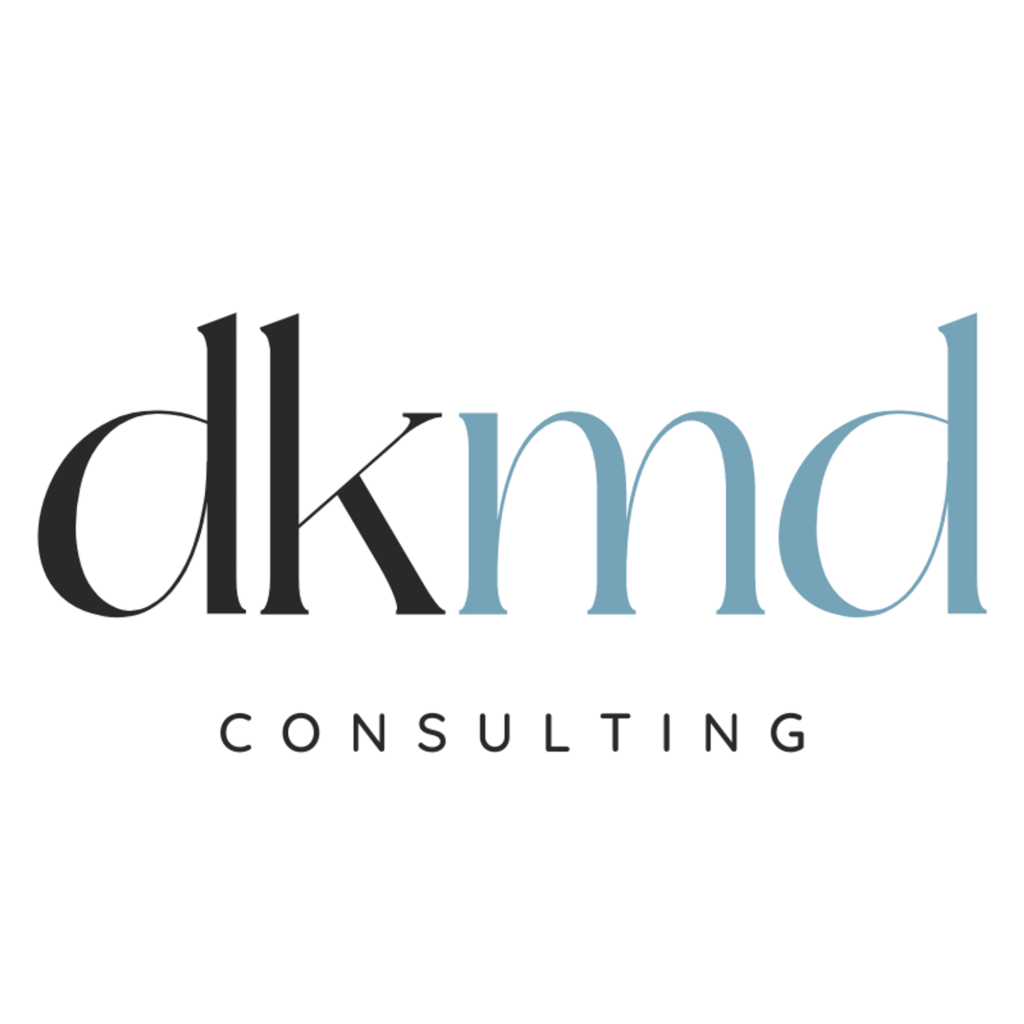
From groundbreaking medical applications to cutting-edge environmental monitoring solutions, the potential for biosensor technology is limitless.
However, communicating these complex innovations to your target audience requires a unique blend of scientific expertise and compelling storytelling.
That’s where DKMD Consulting comes in. As a leading medical consultation group, we specialize in helping businesses craft medically accurate and engaging content that connects with their audience. Our team of experienced medical writers and consultants works closely with you to develop a comprehensive content strategy that showcases your unique value proposition.
Whether you’re preparing for the upcoming IEEE BioSensors 2024 conference or looking to launch a new product, DKMD Consulting is your trusted partner for all your medical writing needs. We’ll help you create compelling content that positions your business as a leader in the field.
Contact DKMD Consulting today and let us help you unlock the full potential of your innovations through the power of medically accurate and engaging content.
References
- Bhalla, N., Jolly, P., Formisano, N., & Estrela, P. (2016). Introduction to biosensors. Essays in biochemistry, 60(1), 1–8.
- Dafhalla, A. K. Y., Dhahi, T. S., Al-Mufti, A. W., Saad, S. A., Alqahtani, A. S., Al-nuaimi, M. A. H., … Gopinath, S. C. B. (2024). Nanogap nanowires and its applications in biosensing. Sensing and Bio-Sensing Research, 44, 100638. doi:10.1016/j.sbsr.2024.100638
- Bhatia, D., Paul, S., Acharjee, T., & Ramachairy, S. S. (2024). Biosensors and their widespread impact on human health. Sensors International, 5, 100257.
- IEEE BioSensors 2024. (2024). Exhibitor & Patron Prospectus. IEEE BioSensors 2024 Conference, Cambridge, UK.

